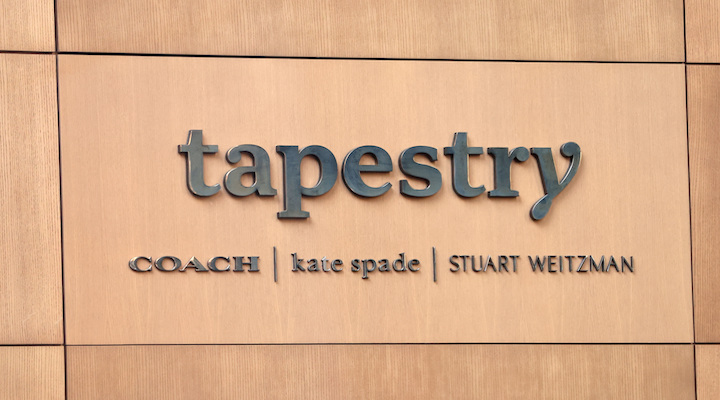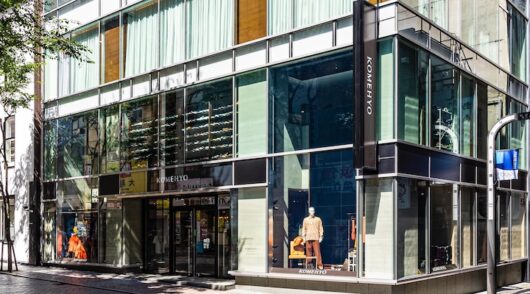Coach handbag maker Tapestry and Ralph Lauren Corp on Thursday warned of a slowing North American demand for high-end fashion, cementing concerns that inflation was finally catching up to US luxury companies ahead of the holiday season.
Although US luxury sales have held up well this year, with companies able to pass on higher prices more easily than cheaper brands, recent data has shown Americans are now starting to cut back spending on designer handbags and clothing.
Accessible luxury brands such as Michael Kors and Ralph Lauren are likely to feel a bigger pinch than higher-priced brands, as their young core customer base looks for deals at the lower end of the fashion spectrum.
“As we get closer to the holiday and consumers continue to read about excess inventory everywhere, it makes sense that (consumers) are evaluating their purchases and waiting to see what the holiday deals will be,” BMO Capital Markets analyst Simeon Siegel said.
Tapestry, which also owns the Kate Spade and Stuart Weitzman brands, cut its fiscal 2023 revenue forecast to between US$6.5 billion and $6.6 billion, from about $6.9 billion, pointing to a “more modest revenue outlook in North America and Greater China”.
Ralph Lauren said its holiday quarter revenue would be hit by slowing demand in North America and Europe, where soaring energy costs are also pinching consumer wallets.
The comments echo a similar warning from Michael Kors owner Capri Holdings Ltd on Wednesday when it trimmed holiday-quarter forecasts blaming a slow recovery in China and slowing demand from US wholesale retailers.
China has been a sore spot for high-end fashion companies this year, as sporadic business and movement restrictions due to Beijing’s “dynamic zero-Covid” policy prevent consumers from returning to stores.
Tapestry and Ralph Lauren also warned a stronger dollar would hit their earnings.
Ralph Lauren shares, which have lost almost a quarter of their value this year, rose about 5 per cent in premarket trading after the company beat second-quarter sales and profit expectations.
“Like many other luxury players, Ralph Lauren’s overall revenue numbers have been depleted by unfavourable exchange rates,” said Neil Saunders, MD of GlobalData.
“As such, the 5 per cent growth in sales – which is reasonable enough – comes from a 13 per cent expansion in revenue on a constant currency basis. In our view, this represents good progress for the brand across most of the geographies in which it trades.”
Saunders said while spending has not collapsed, there has been a slight diminution of demand for higher-end accessories and fashion among some middle-income demographics.
“As much as we believe Tapestry is weathering this storm much better than other players, all signals point to this being a much softer year of revenue expansion. That said, we are not overly disappointed by this given that even modest growth adds to the rapid uplifts produced over several years of excellent trading for the group.”
- Reporting by Deborah Sophia and Uday Sampath in Bengaluru; editing by Milla Nissi, of Reuters.







